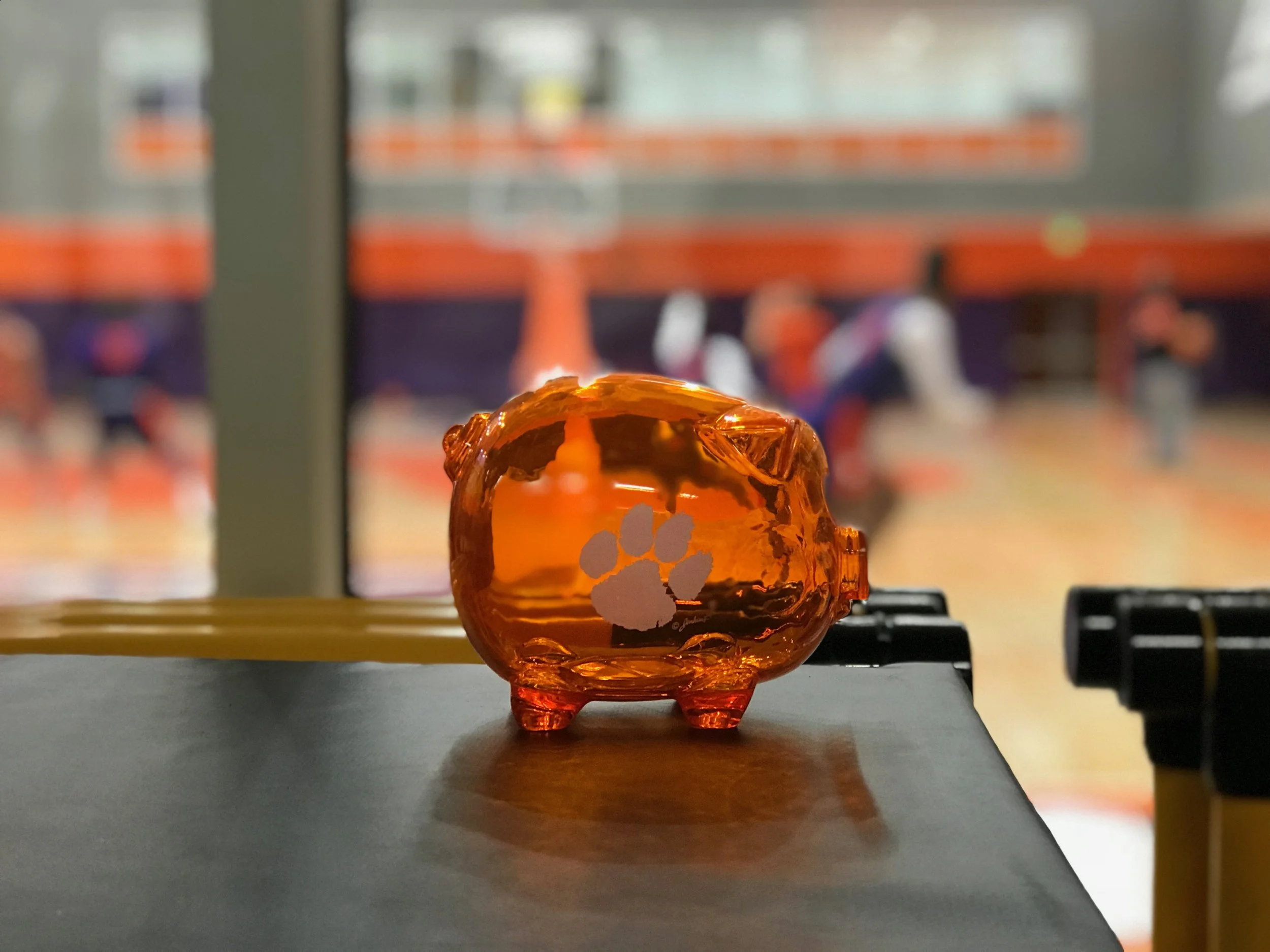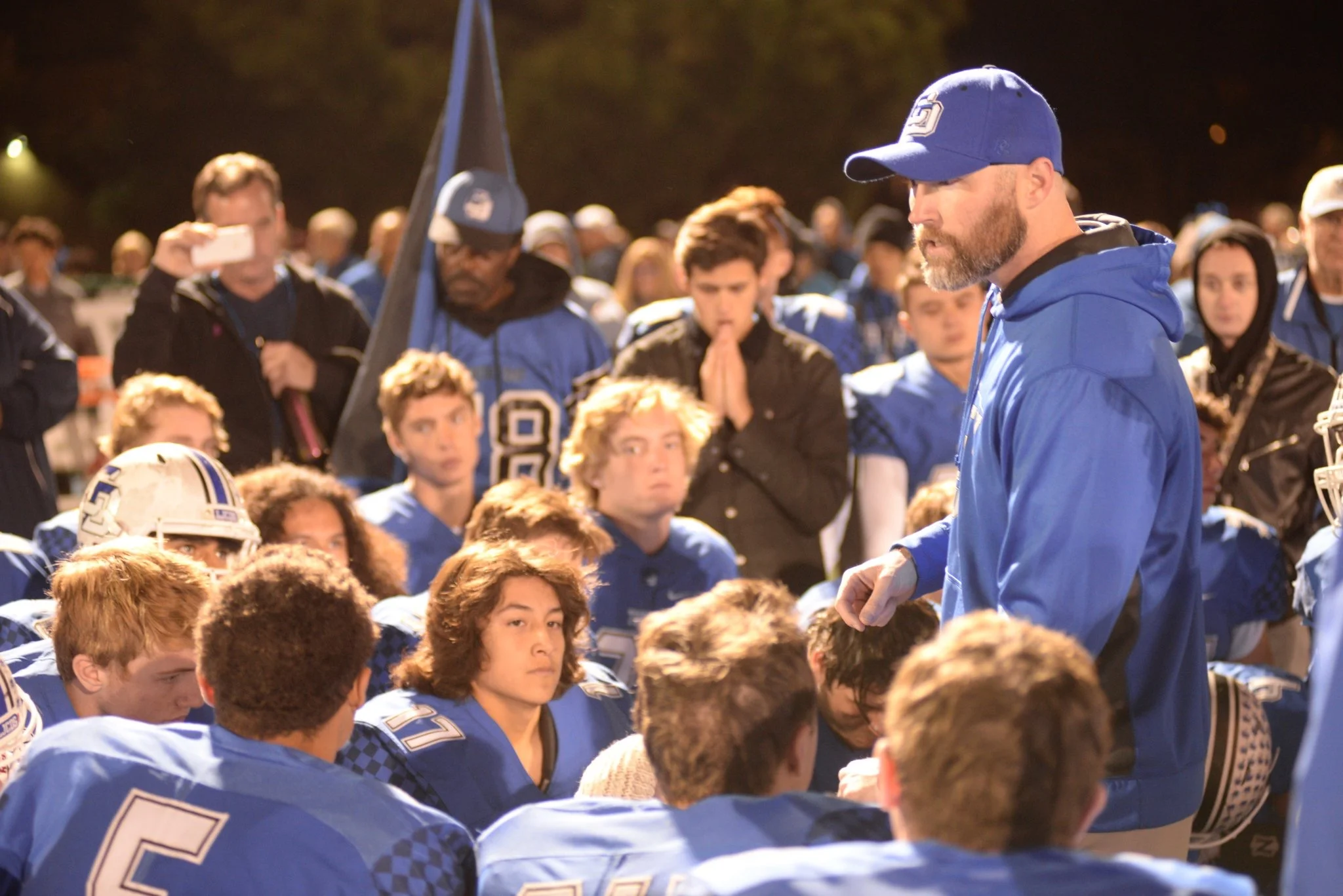Building the Habit: Four Strategies for Improving Training Consistency
/Getting athletes to take lifting seriously is often easier said than done. Without any interest in the process, there is little you can do besides patiently wait for their minds to change. Making athletes do something they don’t want to do only leads to a stronger aversion to that specific activity. The introduction of training places a challenge on pre-existing habits and routines, and can be frustrating to break if they aren’t conducive to the new demand of training. The creation of new habits, routines, and environments will be necessary for the success of your training program. Inside, you’ll see four strategies to help athletes build habits that support consistent and committed strength training.
Read More











